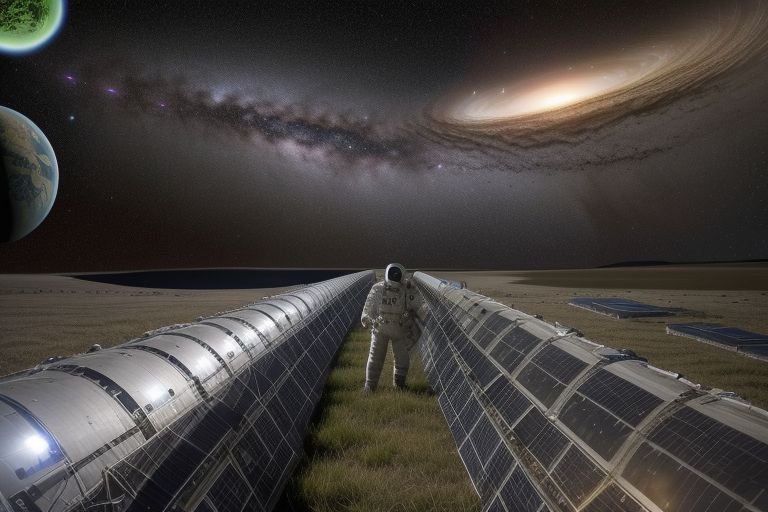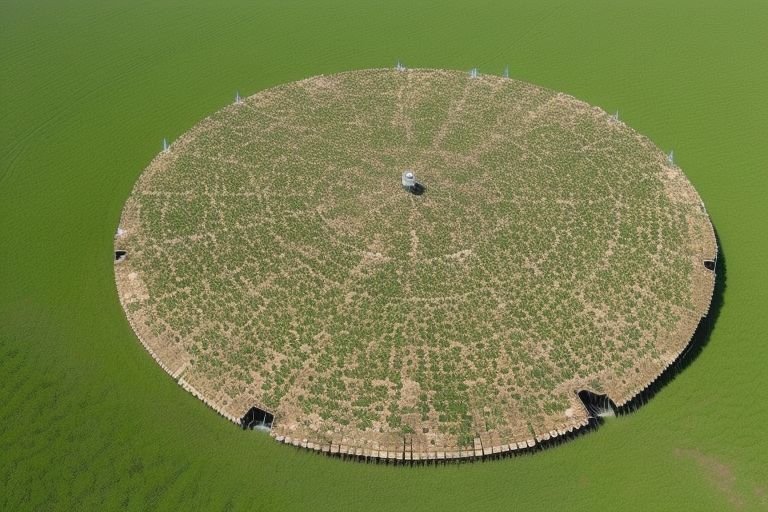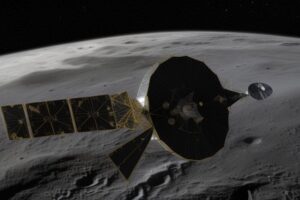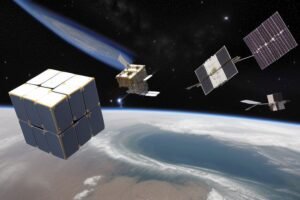As human space exploration reaches further into the cosmos, the dangers posed by cosmic radiation become a critical concern for astronaut safety and mission success. Cosmic radiation represents a significant health risk for astronauts, particularly on long-duration missions outside the protective shield of Earth’s atmosphere and magnetosphere, such as those to Mars or the Moon’s surface.
Understanding Cosmic Radiation
Cosmic radiation is composed of high-energy particles from outside our solar system. Unlike solar radiation, which originates from the sun and is somewhat predictable, cosmic radiation comes from various sources in the universe, including supernovae and other cosmic events. These particles, including protons, helium nuclei, and high-energy nuclei called HZE particles, travel at nearly the speed of light and can penetrate most shielding materials used in spacecraft and space suits.
Health Risks Posed by Cosmic Radiation
- Cancer: Exposure to cosmic rays increases the risk of various cancers. The radiation can damage DNA directly or create charged particles within the body that can lead to mutations.
- Central Nervous System Effects: There is evidence to suggest that cosmic rays can affect the central nervous system, potentially leading to cognitive decline, changes in motor function, and other neurological issues.
- Degenerative Tissue Diseases: Radiation exposure can also contribute to cardiovascular diseases and cataracts, compounding the risks astronauts face on long-term missions.
Mitigation Strategies
Given the severity of these risks, extensive measures are required to protect astronauts from cosmic radiation.
- Shielding Techniques: Traditional shielding involves using materials that absorb or deflect radiation, such as polyethylene, which is particularly effective against protons but less so against HZE particles. Innovative materials and dual-layer shielding (one layer to split the HZE particle and another to absorb the resulting fragments) are under development.
- Magnetic Shields: Scientists are exploring the use of magnetic fields similar to Earth’s magnetosphere to deflect cosmic rays. This approach involves generating a magnetic field around the spacecraft or habitat, creating a protective bubble.
- Pharmaceutical Countermeasures: Research into pharmaceuticals that can mitigate radiation damage is ongoing. These drugs could help neutralize free radicals, repair DNA, or enhance the body’s natural defense mechanisms against radiation.
- Optimized Mission Planning: Limiting the duration of missions during peak solar activity or utilizing spacecraft trajectories that minimize radiation exposure are practical strategies to reduce risk.
- Habitat Design: For surface habitats on the Moon or Mars, using regolith (lunar or Martian soil) as shielding by burying habitats or building regolith bricks can significantly reduce radiation levels inside living and working quarters.
Challenges and Future Research
While current mitigation strategies provide some protection, they are insufficient for the deep-space missions envisioned in the coming decades. The development of effective protection against cosmic radiation presents numerous challenges:
- Weight and Cost of Shielding: Heavy shielding increases launch weight and cost, which is a significant constraint for mission planners.
- Incomplete Knowledge: The effects of long-term exposure to cosmic radiation are not fully understood, particularly in zero-gravity conditions where the body’s response to radiation may differ.
- Engineering Feasibility: Building a magnetic shield or developing new materials that can effectively block or mitigate cosmic radiation requires overcoming substantial engineering and scientific hurdles.
Conclusion
Protecting astronauts from cosmic radiation is one of the most critical challenges facing the future of human space exploration. As agencies like NASA and private entities plan missions to Mars and beyond, the development of innovative shielding technologies and other protective measures will be paramount. Continued research and testing are essential to create environments where astronauts can work safely beyond Earth’s protective embrace, ensuring the long-term sustainability of human space travel.























+ There are no comments
Add yours